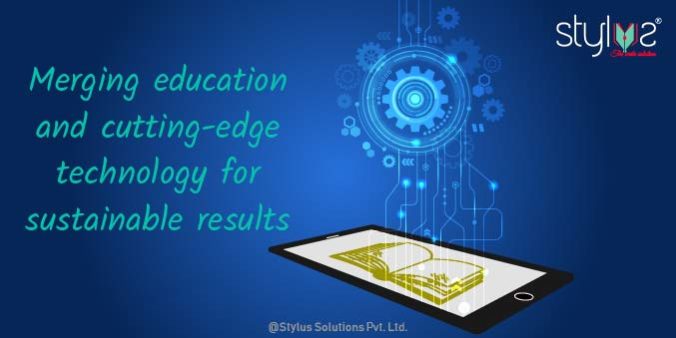The e-learning industry has the advantage of constantly evolving technology to keep growing further. As gaining access to the Internet becomes easier and more affordable, e-learning companies in India and worldwide are bound to create more manageable and cost-effective solutions. New trends have emerged adopting modern technologies into the development process in organisations. Some of the most popular e-learning trends of 2019 are as follows.
Adaptive Learning
New companies engaged in e-learning are more focused on developing confidence-based assessments. With the help of strong analytics, companies are able to provide personalised feedback. Thus, this enables more companies to develop customised activities to cater to the unique needs of the learners.
Now-a-days, there are two primary tactics being embraced in adaptive learning:
-
Designed adaptivity, where the next chapter of a course is based on a learner’s preference.
-
Algorithmic adaptivity, where the next chapter is based on the contents of the previous chapter.
Adaptive Learning has also witnessed further advantages in the form of better competition and personalised learning.
Micro learning
Many organisations benefit from offering learning in small chunks to their employees. Micro learning consists of super-targeted, short lessons designed to reflect the current interests of a learner, rather than a pre-defined flow of information. For large corporations, it is much easier to deploy short-term, practical and focused batches of information, which offer step-by-step learning.
In many cities with large conglomerates, micro learning is also supported by performance support. For example, many e-learning companies in Mumbai offer to embed learning resources into the daily workflow of an employee.
Here, learners can quickly get through the modules and even repeat the learning activities for clarity. This helps in better retention of knowledge, further helped by integration of media elements, such as videos, small games, quizzes and info graphics.
At Stylus, as a major player in elearning development in Mumbai, we develop tailor made e learning courses based on the extent of interactivity to stand as best e learning companies in india
Artificial Intelligence
Integrating artificial intelligence in learning has gained popularity in the past few years. With new innovative solutions, advanced algorithms can predict a learner’s behaviour, which allow a developer to personalise the learning experience.
The primary example of artificial intelligence in e-learning features the voice-guided bots. These are algorithms programmed to search for content or fill specific knowledge gaps. These offer data-related answers, available at your disposal 24/7.
Gamification
Game-based learning is always effective in engaging their target audience. Increased implementation of gamification in e-learning is attributed to studies indicating improved retention rates among the students. Such type of learning can be designed to address the needs of learners and offer a better application of the subject matter on a large-scale basis.
Virtual Reality and Augmented Reality
Augmented Reality (AR) is being largely developed by e-learning companies in India in fields of Science and Math, where existing content can be augmented with high-quality graphics and images. As a result, learners can access information better than with any traditional methods.
Virtual Reality (VR), on the other hand, offers effective instructional design by cutting the surrounding distraction to minimum. With 360-degree photographs and interactions, virtual reality is being successfully implemented in cognitive learning products. It is especially helpful for children and learners with special needs.
Video-Based Learning
As YouTube offers an easily accessible and free video streaming platform, video-based learning is on the rise. This is primarily composed of instructor-led training, performed with the help of animations and engaging scenarios. Developers are now looking to engage their audience with anecdotal or contextual videos. Moreover, innovation in Internet data transmission has led to decreasing the load time, allowing longer videos to be published.
Video-based learning is primarily accessed using mobiles, as these have become the on-the-go learning devices. As more and more people now consume the Internet through their smartphones, these devices offer a major stake in the e-learning distribution.
